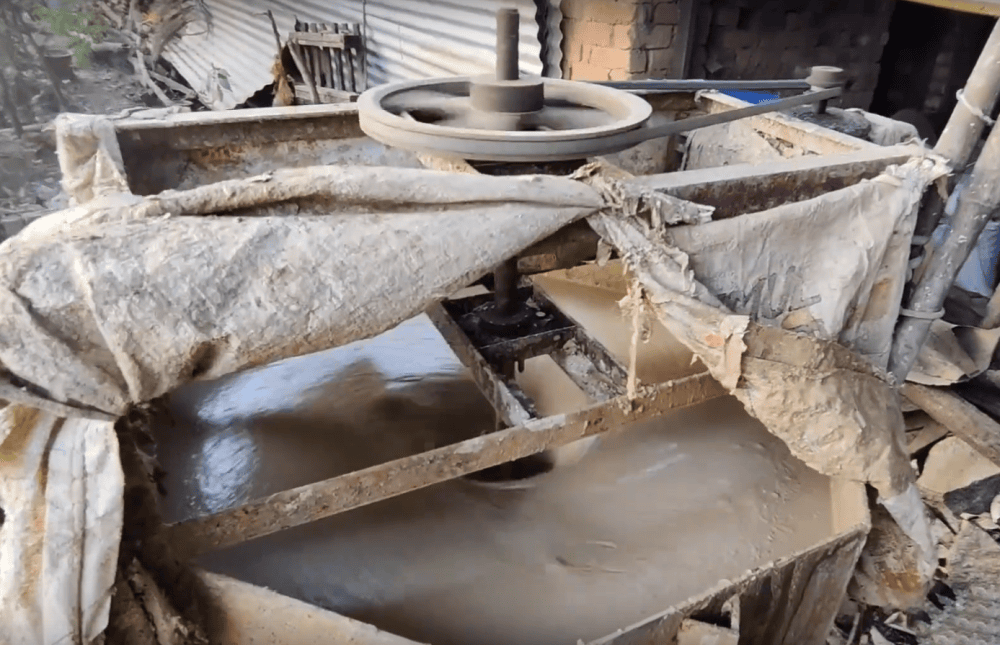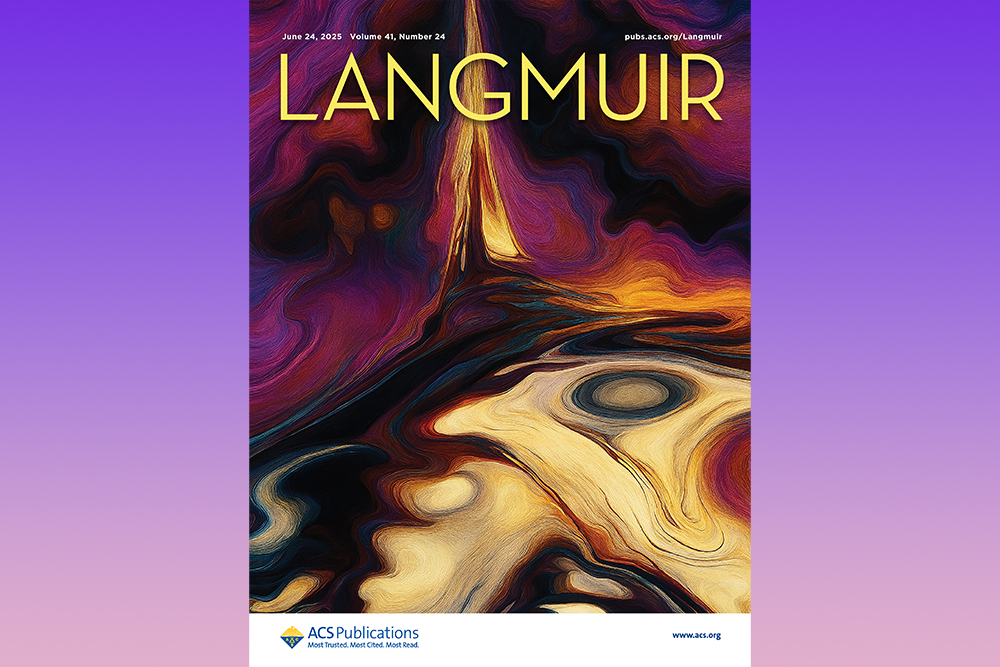
[Image above] Because clays are typically processed in concentrated aqueous dispersions, as seen here, viscosity measurements are a key parameter in quality control. Credit: Art Pottery, YouTube
The current trade war between the U.S., China, Canada, and Mexico has once again brought raw material supply chains into the news. This topic traditionally would not be a focus for most consumers, but recent experiences with pandemic- and war-related product shortages and price hikes have made people more aware of how complications in the materials market shape the availability of common manufactured goods, such as HVAC equipment (which is increasingly in-demand).
To overcome material shortages, governments and companies are funneling money toward establishing new mining and processing operations in domestic and friendly nations. However, establishing these operations can take years, so manufacturers need other solutions to meet demand in the short term.
The ceramic tiles industry has been navigating white clay shortages for several years due to the war in Ukraine. In response, the solution that many tile manufacturers have adopted is reformulating their compositions based on available clay sources in other areas.
Using different clays for tile production is not a simple switch, however. As detailed in previous CTTs here and here, variability in clay composition can greatly affect the processing parameters, for example, requiring higher firing temperatures or more intense grinding procedures. Thus, to minimize potential technological bottlenecks during processing, manufacturers must have a deep understanding of the materials they’re using and effective quality control systems.
In a recent open-access paper, researchers from the Instituto de Carboquímica and the University of Zaragoza in Spain, along with a colleague from viscometer manufacturer Sofraser in France, investigated the potential of using a resonance vibrating-rod viscometer (VRV) as a process control device in the ceramics industry.
Viscometers are instruments used to measure a fluid’s viscosity (resistance to flow). Because clays are typically processed in concentrated aqueous dispersions called slurries or slips, viscosity measurements are a key parameter in quality control.
Compared to other vibrational viscometers, VRVs offer several advantages, including excellent tolerance to variations in fluid level and minimal sensitivity to external vibrations. Additionally, VRVs operate at around 300 Hz, which ensures a limited influence of shear rate on viscosity data.
For this study, the researchers used a VRV to monitor the viscosity of a concentrated clay dispersion during stirring and during its conformation inside a plaster mold. The VRV results were compared with data obtained from a widely used rotational viscometer.*
*Viscometer types: Rotational viscometers measure viscosity by detecting the torque required to rotate a spindle within a fluid. Vibrational viscometers measure viscosity by monitoring the damping of a vibrating sensor immersed in a fluid.
The results showed that VRVs can accurately assess rapid changes in a dispersion’s viscosity, thus underscoring its potential for real-time process control in slip tanks.
So, even though rotational viscometers are widely used in various industries, the adaptability of VRVs to different process conditions and environments “makes it a versatile tool for process control in the ceramics industry, in particular for slip conditioning and casting in sanitaryware production,” the researchers conclude.
The open-access paper, published in Applied Clay Science, is “Controlling clay slips with a process vibrational viscometer” (DOI: 10.1016/j.clay.2024.107447).
Author
Lisa McDonald
CTT Categories
- Manufacturing


